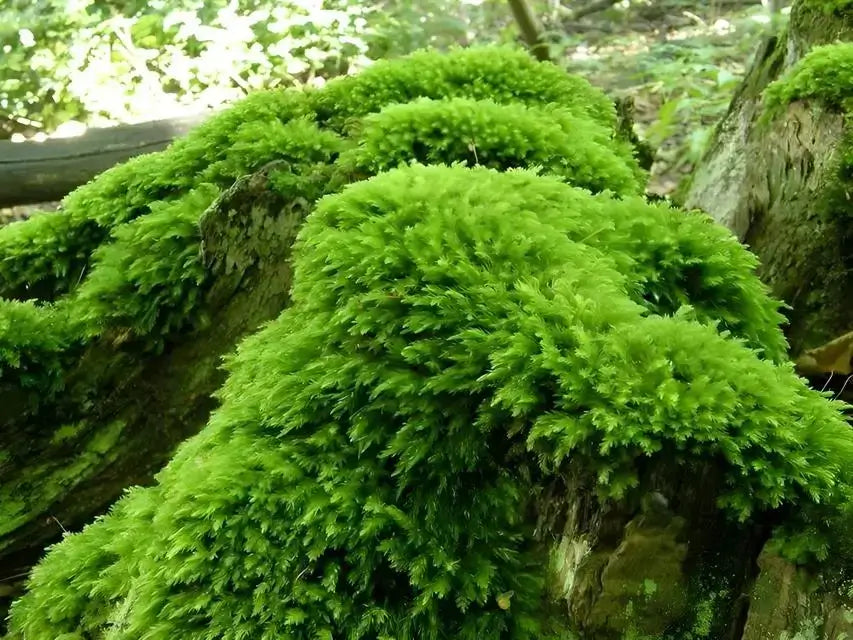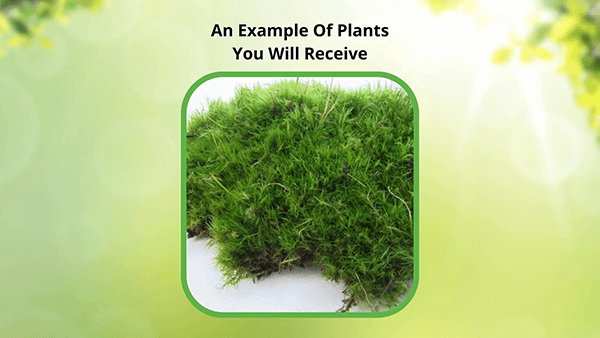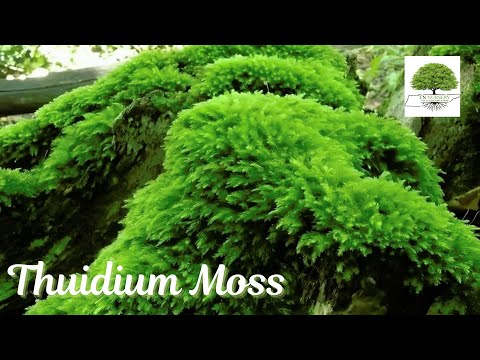Thuidium Moss | Fern Moss
Thuidium Moss, known commonly as Fern Moss, is a beautiful feathery groundcover. Its leaflets resemble those of fronds on true fern plants, which gives way to its common name. It is the star of the show in terrariums and gardens alike. It grows incredibly well in any shady location you provide, clinging to the substrate and forming a dense mat.
Plant Details - Thuidium Moss Plant
Family: Thuidiaceae
Light Requirement: Partial Shade - Full Shade
Water Needs: Moderate - High
Height: 1-3 cm, with individual stems horizontally
growing up to 4 in. long
Spread: Indefinite
Growth Rate: Moderate - Fast
Wildlife Value: Provides critical shelter for small critters, retains beneficial moisture, and benefits soil quality
This fern moss grows faster than many other types, filling out a desired space within a few weeks or months, depending on the size of the space. Because it grows with rhizoids rather than conventional roots, the plant can absorb large amounts of water.
Along with providing critical water sources and shelter for small critters, the rhizoid structures anchor the soil. This prevents soil erosion and ground weathering and can improve the overall structure of a slope.
Landscape Uses and Maintenance - Thuidium Moss Plant
Thuidium Moss is low-maintenance and easy to incorporate into any shade or rock garden. The special appearance of the leaflets makes this plant act as a specimen moss, while it is also capable of covering a large area.
When given optimal conditions of moisture and shade, this moss will spread indefinitely. It is an elegant addition for terrarium kits, with its fern-like appearance reminiscent of tiny fern plants in the jar.
Noteworthy Characteristics of Thuidium Moss
Whether you look at this moss from afar or closely, Thuidium Moss creates an artistic sprawl of cedar-like scales that create a feathery texture. You may see this fern incorporated into floral arrangements, as this plant is beautiful even when it is dried up.
Exposure
Terrarium Plant Kits thrive in bright, indirect light. Evade explicit sunlight, as it can scorch the plants inside the terrarium. A spot near a window with filtered light or in a room with plenty of ambient light is ideal.
Height at Maturity
Under 6 Inches
Usage
Shade Groundcover
Shipped As
Bare-root
Ships
UPS
Planting Zones
5-9



